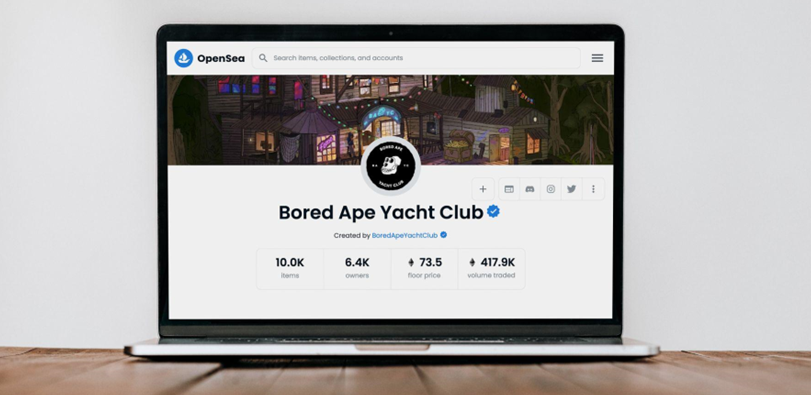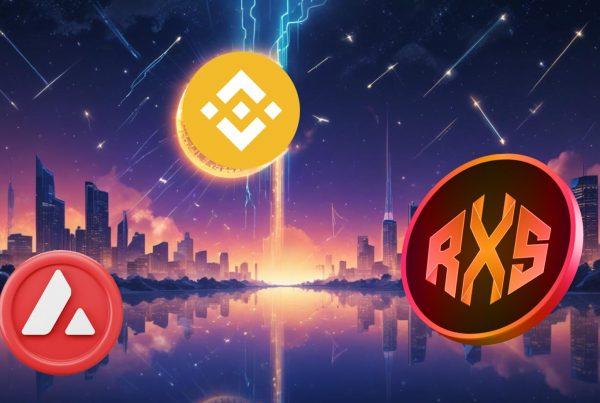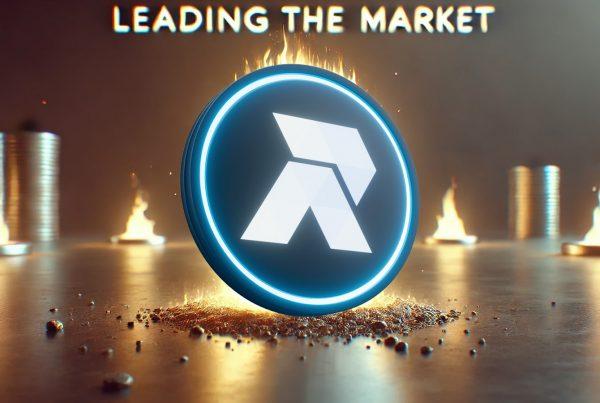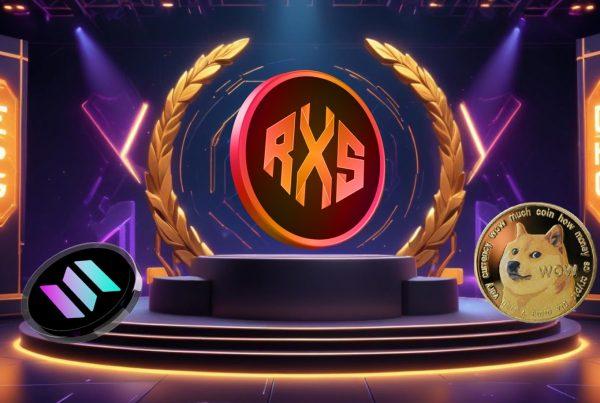
Bitcoin’s arrival on the internet in 2009 has introduced society to the world of cryptocurrencies. Crypto has changed the way we purchase, distribute and exchange digital finances. It focuses more on decentralisation, an element that is permitted through the use of blockchain technology. Incorporating decentralisation into digital finances contrasts with the functions of traditional centralised banking institutions, as they are more permissionless and unregulated.
These elements have caused many people to still be cautious and sceptical about using cryptocurrencies, as security is arguably one of the most important factors to people when it comes to dealing with money. However, blockchain technology has proven that the security capability of crypto networks is valid.
Cryptocurrencies have also introduced the world to other market niches such as decentralised finances (DeFi), game finances (GameFi), meme coins, and non-fungible tokens (NFTs). The latter of the list has become one of the most prominent elements on the internet, transcending into social media platforms and the entertainment industry. Everywhere you go online, you would most likely end up coming across some form of an NFT.
There are many crypto networks out there that are looking to capitalise on the popularity of NFTs to increase their popularity and revenue. However, none are uniquely implementing NFTs into their network like Big Eyes Coin (BIG), ApeCoin (APE), and Polygon (MATIC). This editorial will discuss the history of NFTs while examining how these three blockchain networks distinctively innovate the NFT market.
What Are NFTs?
Non-fungible tokens (NFTs) are digital assets that link ownership to virtual or physical items, particularly relating to real estate, music, art, videos, and music. The concept of NFT began from what is called a ‘coloured coin,’ which was initially scheduled to be issued on the Bitcoin blockchain between 2012 and 2013.
However, the first known NFT to emerge online came from digital artist Kevin McCoy, who called his NFT ‘Quantum.’ The NFT was a short video clip of McCoy’s wife Jennifer, which he later minted on the Namecoin (NMC) blockchain network and sold to Dash (DASH) for only $4.
A market report conducted by Verified Market Research (VMR) projected that the NFT market will rapidly rise to an estimated $231 billion by 2030. With such a brief history, NFTs have already managed to garner a net worth of $11.3 billion in 2021, according to CoinTelegraph, conveying their potential and demand to grow further.
Big Potential With The Big Eyes Coin NFT Marketplace
An upcoming cryptocurrency that plans to elevate both the utility of meme coins while adding a creative realm of NFTs is Big Eyes Coin (BIG). It is a community-driven token that aims to shift affluence into the DeFi ecosystem while protecting an important part of the world’s environment. The blockchain network believes community tokens are wealth generators and wants to give more to crypto by building a platform that self-propagates for hypergrowth using NFTs to provide access to events and content.
Big Eyes Coin was founded in Washington DC and adopted by a rocket scientist couple who worked for the government agency NASA. The blockchain network’s distinctiveness comes from its mascot, a cute cat with large pupils. The blockchain network takes clear inspiration from Japanese culture, designed in an anime/manga style.
Their mascot being anime/manga inspired is strategic for Big Eyes Coin to reach a wider audience, as they are targeting a market estimated to be worth $24.80 billion in 2021. Additionally, Japan has a solid amount of crypto people, with an estimated three million active crypto users in the country as of 2021.
BIG coin aspires to get their NFT collection to enter the top ten, giving users an incentive by having any profit made from an NFT going into a burn or not to burn vote. They plan to reach this goal by incorporating their NFT club called ‘NFT Sushi Crew,’ which continues to take inspiration from Japanese culture and is a special club for NFT holders who want to own ‘cute things, do fun things and eat fish.’ Furthermore, Big Eyes Coin plans to have NFT events held seasonally, giving token holders a chance to attend all year-long events.
Enter The Bored Ape Yacht Club With ApeCoin

ApeCoin (APE) is an ERC-20 utility and governance token used within the APE Ecosystem to empower and incentivise decentralised community, building at the forefront of web 3. The token exists to support what’s next, which is constructed and controlled by the APE community. ApeCoin will serve as a decentralised protocol layer for community-led initiatives which push crypto culture in a positive direction while enhancing the capabilities of blockchain technology.
ApeCoin has several unique sectors to its blockchain network, such as The ApeCoin Foundation, ApeCoin DAO, and The Board. The ApeCoin Foundation is the base layer that token holders in the ApeCoin DAO can build. It facilitates community-led governance and is designed to reach further decentralisation. ApeFoundation exists to steward the development and growth of the APE ecosystem inclusively by utilising the ecosystem fund that is controlled by a multi-sig wallet.
The ApeCoin DAO exists as they believe that decentralised governance is critical to building an internationally dispersed community, which is why they believe that the DAO is critical to the success of the APE ecosystem. Finally, they have a council board that administers DAO proposals while serving as a vision for the ApeCoin community.
ApeCoin was founded by Yuga Labs, a $ 4 billion company known for founding the eccentric and vibrant Bored Ape Yacht Club. The Bored Ape Yacht Club is a collection of 10,000 Bored Ape NFTs existing on the Ethereum blockchain. Each Bored Ape NFT is distinct and programmatically generated from over 170 potential traits such as expression, clothing, and headwear.
Bored Ape NFTs have become one of the most recognisable avatars on the internet. Their popularity has been partially attributed to the endorsement of high-profile figures, including Elon Musk, Snoop Dogg, and Eminem.
Polygon Elevates Their NFT Status With Coca-Cola Collaboration

Polygon (MATIC) is one of the most reputable cryptocurrencies on the market due to being the first well-structured, easy-to-use platform for infrastructure development and Ethereum scaling. The blockchain network aims to enable developers to create scalable, user-friendly dApps that have low transaction costs and do not sacrifice security.
Polygon is a blockchain architecture that combines the Plasma Framework with proof-of-stake. Polygon’s Plasma framework, which was suggested by Ethereum co-founder Vitalik Buterin, enables the simple execution of scalable and autonomous smart contracts.
Ultimately, Polygon transforms Ethereum into a full-fledged multi-chain system akin to other blockchain networks such as Avalanche and Cosmos that has the benefits of a vibrant ecosystem, openness, and security.
Polygon bills itself as a Layer 2 scaling solution, which means the organisation has no plans to improve its existing basic blockchain layer anytime soon. The project aims to enable quick blockchain transactions and simplify scalability.
In August 2022, one of the largest corporations in the world, Coca-Cola, announced that it will continue its web3 journeys by collaborating with The Polygon Network to bring a new NFT collection to the crypto market. Coca-Cola launched its first NFT collection on 30 July 2021, which was International Friendship Day. Before customers could view the NFTs, Coca-Cola incorporated a unique function.
Coca-Cola’s NFTs are not based on usefulness. However, the beverage company stated that holders of its NFT would soon have access to bonuses and prizes. This includes access to Coca-Cola Creations product releases, gaming events, and Coca-Cola Studio-powered experiences. Polygon’s collaboration with one of the biggest beverage companies in the world represents how they are uniquely enhancing the NFT market.



